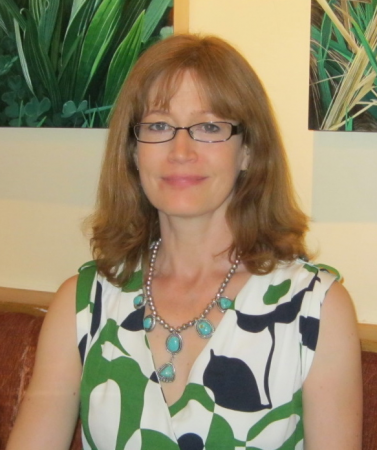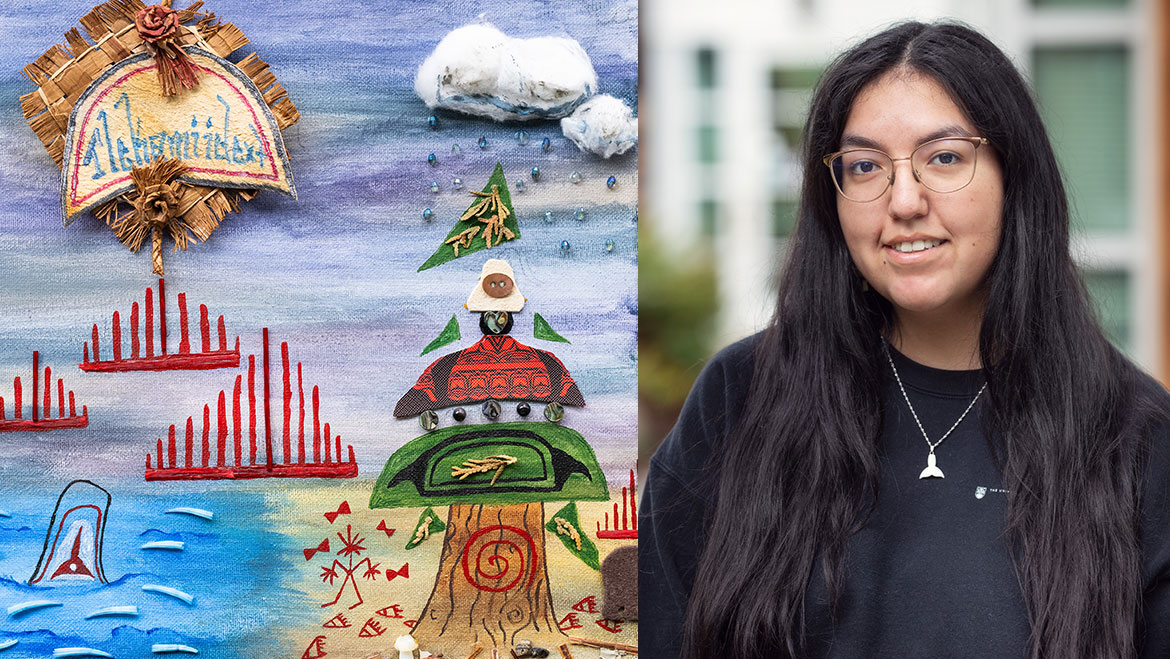

UBC Anthropology professor Daisy Rosenblum discusses her recent SSHRC Insight Development Grant and her new project, “q̓ə́nq̓oƛaχənc ʔəwin̓agʷis, ‘Knowing our land’”.
How did you transition from your doctoral work, a grammar of space in Kʷakʷala, to this project?
My choice of a dissertation topic was originally prompted by asking some younger Kwakwaka’wakw community members what they most wanted to know about their language. I knew that I would be spending many hours working with Elder speakers and knowledge keepers in Gway̓i (Kingcome Inlet) and Tsulquate, and I wanted to do my best to ensure that their time would be well spent toward community priorities. Everyone I asked answered in the same way: they wanted to know how to talk about their territories – land and waters – in their language. In order to do that research, however, I first had to understand how Kʷak̓ʷala describes spatial relationships, which was the focus of my doctoral work. This current project, q̓ə́nq̓oƛaχənc ʔəwin̓agʷis, ‘Knowing our land’, is a continuation and fulfillment of my original intention, and will contribute to the community-directed documentation and transfer of Kwakwaka’wakw knowledges in the ancestral languages of those places.
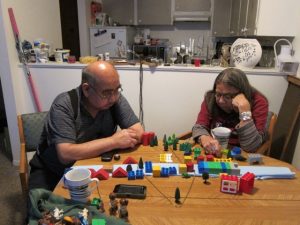

What does the design process for a project of this scale look like? Where did you begin, and how did you end up applying for the SSHRC Insight Development Grant?
This project has been developing since I first went to the Tsulquate Reserve as a graduate student in November of 2009. It took firmer shape last December when I presented my dissertation research to the Elected Chief and Council, and we talked about the possibility of working with Elders and community members to document their knowledge of the territories. Chief and Council were enthusiastic about the idea and we developed a Memorandum of Understanding, signed in April. Having an MOU is crucial, of course, but it was also just one step among many. It has also been important to consult with the Elders, and the Elders Council, and to have many small conversations along the way.
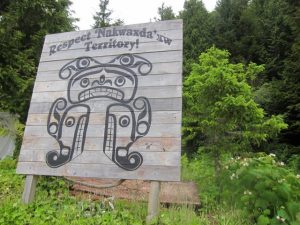

It’s important to understand that this work takes place in partnership with two Nations, the Gwa’sala and the ‘Nakwaxda’xw,who were relocated to the Tsulquate Reserve, outside of their traditional territories, in 1964. Following decades of trauma, the Gwa’sala and ‘Nakwaxda’xw received a settlement from the Government of Canada in 2008. They are re-establishing an intergenerational presence in, and relationship with, their homelands. Elders, Youth, the Gwa’sala-‘Nakwaxda’xw Elementary School, the Eke Me-Xi High School, the Treaty Department, Lands and Resources, Health and Family Services and other departments on Reserve are all working together towards these goals. This project contributes just one strand, concerning language, to a larger coordinated tapestry of community-generated projects reclaiming territory and cultural wellbeing.
So the design process is collaborative, community-centred, emergent, responsive, continuous rather than punctual. Consultation is built in to our timeline and budget. We are lucky, as well, to have a research assistant and project liaison, Lucy Haché, who is from Tsulquate, has extensive experience working with her community, and is able to maintain open communication with the elders and others.
How do you see these tools being used within the community? What sorts of benefits will they bring to community members?
Language documentation often results in archives of precious material that are trapped in a hard drive on a shelf. Our goal is to work with community members to imagine, from the outset, not just what knowledge they want to document, but how they want to interact with the knowledge being recorded.
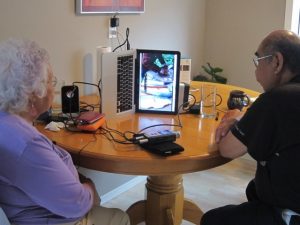

Christina will work with the community and the project team to determine an interface through which the audio and video documentation created by the project can be maximally accessible to community members while also respecting cultural protocol. The end product may be an exhibit, a documentary, an app, or a touchscreen located in a central place on Reserve; it will be determined through a series of community meetings.
What are the struggles that come with moving away from (documenting/interviewing in) English and integrating language documentation into cultural geography and historical ecology?
Terry Tobias, who wrote two wonderful books about traditional land use mapping, recommends recording interviews with elders in English. It’s understandable, because those interviews are immediately accessible as soon as they have been transcribed. Recording interviews in a language spoken by a few elders requires an exponential amount of work to make that knowledge accessible. An hour-long interview in Kwak’wala can take several hours, even days, to transcribe and translate. The process is laborious and expensive. However, the rewards are tremendous. Many speakers say there are some things that they just cannot express in English, and it’s an honor to be able to work with them so those things can be heard and shared.
